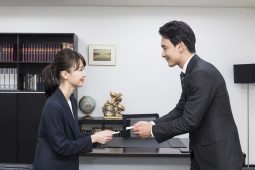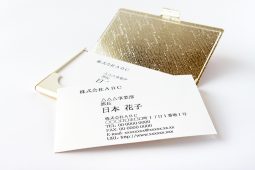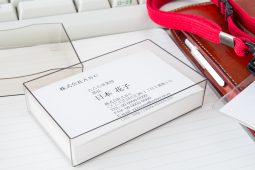Working in Japan can require becoming part of a very particular society, with rules and customs that differ from Japan at large. For non-Japanese workers these are often less stringent, and many times we are shown some leniency for behavior that would be considered intolerably rude coming from our Japanese co-workers.
That doesn’t mean, however, that we should be content in our ignorance. Paying attention to social mores, and doing our best to follow custom, can make a really good impression, and that is often the difference between advancement and stagnation in our careers.
With that in mind, I’d like to go over some of the more esoteric rules of Japanese business. Mastering these can help you stand out from the crowd and earn some much-valued appreciation from colleagues and superiors alike.
Let’s start with visits!
Basic rules
When visiting another company, there are a number of basic practices that you should follow. Many of these should be clear if you watch your coworkers. Do what they do whenever you can!
*Dress:
For men, even if your company has a business-casual dress code, when you are meeting outside the company wear a suit. In fall/winter dark suits are the norm, light grey in the spring and early summer. Cool biz rules (i.e. short sleeved dress shirts and no neckties for men in summer) tend not to apply when visiting. Men should have a tie to put on at all times. It might be a good idea to get a decent watch even if you don’t wear one usually. It helps make a better, more “put-together” impression.
Women’s rules tend to be set pretty much all the time: a smart, long skirt suit or pants-suit and low heels or wedges are common for office jobs. Colors are the same as for men above. Instead of a handbag, carry a briefcase or a larger shoulder bag in conservative colors. Try to avoid flashy jewelry or perfumes.
Be prepared to take off your shoes, so wear decent socks or stockings.
*On arrival:
Arrive early. You should be there and ready to meet at least ten minutes before the meeting time, but also be prepared to wait if your company is not the customer. Twenty minutes is more appropriate when meeting with high level executives.
If you are wearing an overcoat, take it off and hang it over your arm before you enter the building, unless the weather is really bad.
If it is the first time meeting anyone in the room, business cards will be exchanged. The rules for this have been explained elsewhere, so it’s a good idea to go over those as well.
*During the Meeting:
Do not sit until you are asked to do so. Someone will guide you to your seat. Do not choose your own seat!
Do not drink the tea you are served until your host takes the first sip. This might result in you not getting a drink until very late in the meeting. Still, wait.
Take lots of notes, but don’t fidget with them. Stay still, and quiet, and write. It’s generally OK to use digital notes (tablet or small laptop) but paper is still common.
You might notice people with their heads sunk and eyes closed. These people are “not” sleeping and don’t imply that they are! (They are.) They are listening very carefully. *Wink wink.*
Be prepared for the meeting to go longer than scheduled.
*A note on Some Taboos:
It’s common to have a period of small-talk before the meeting. The topics are fairly limited: no politics, no family matters unless the members have known each other for a long time, no religion and no negativity in general, except for the weather. Complaints about the weather are universal.
Don’t touch people excessively. Handshakes are becoming more common in Japan, but other contact is rare. No back- or shoulder-pats, no European style cheek-kisses or hugs, etc. happen in offices here.
Don’t talk bad about any competitor or individual. It’s just not good manners. If you can’t say anything nice, don’t say anything at all.
Try to stay pleasant and positive. Smile when you can. Ask questions about the business and office.
(Kind of) Understanding Hierarchy
When you are visiting another company in a work capacity, there are some different rules based on the relationship between your company and the other. Basically, it boils down to: Which way is the money going?
When a company pays money to another, they become the customer, and in Japan customer is king (in fact, the Japanese saying is actually “The customer is God,” but no need to go that far.) The balance of power is always on the customer’s side, so rules of humility/superiority and rank usually tend that way. In terms of specific behaviors, it goes like this:
In card exchanges, the customer extends cards second, and their card is higher in position. (See those business card rules from before.)
When seating, customers get the highest honor seat (there are a lot of complex rules about this, but basically the further you are from the door, the higher the rank, but it all depends on numbers and such.
Customers receive their tea first.
Customers direct the agenda.
However, seniority is also vital, so if a very highly ranked executive is present he or she may be served first, regardless of other hierarchies.
As in everything, it’s best to watch your Japanese colleagues to see how they act toward the other people in the room. The more deference they show, the higher that person is in the hierarchy, and you should follow that lead.
Conclusion
I know it seems like the rules can be complex, and it takes time to be able to navigate them smoothly, but a little attention can make all the difference. When in doubt, it’s best to hang back and watch your co-workers. Do your best to go with the flow, and you’re sure to make an impression!








